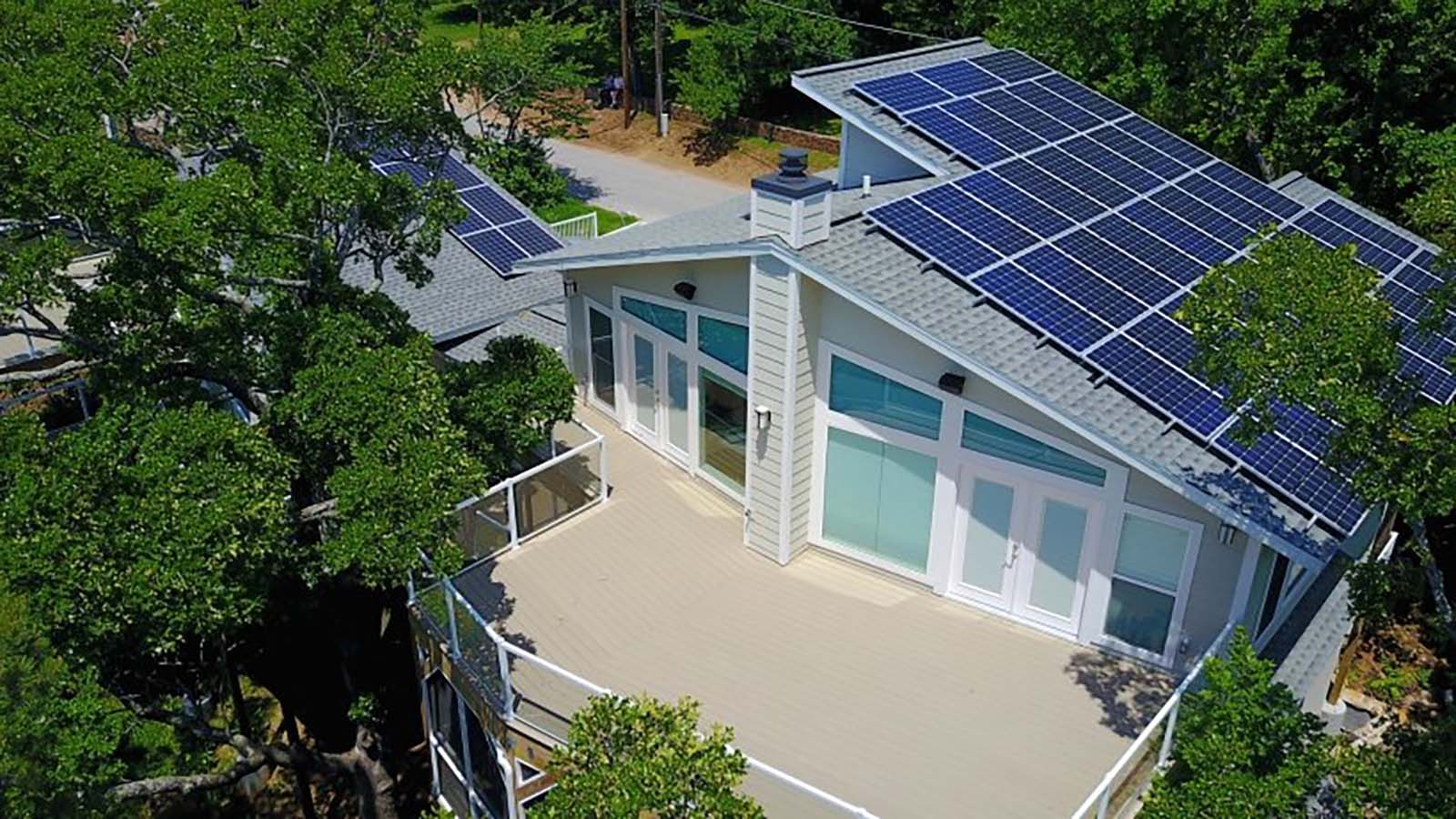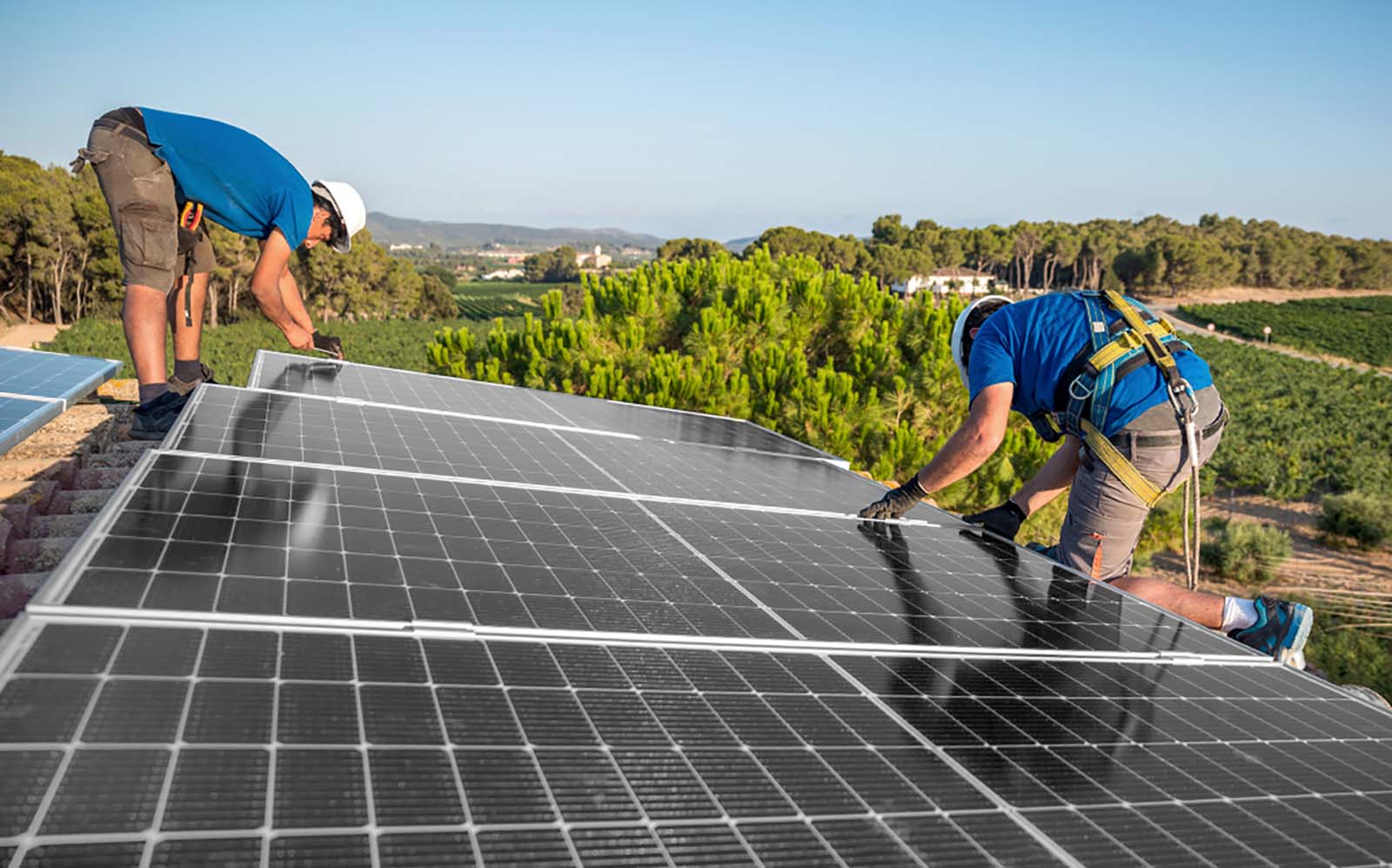Trends in Home Energy Storage
In recent years, home energy storage has become a hot topic in the renewable energy industry. With the growing popularity of solar panels and other forms of clean energy, homeowners are looking for ways to store excess energy for later use. This has led to a number of trends in home energy storage that are shaping the future of sustainable living.

1. Advancements in Battery Technology
One of the most significant trends in home energy storage is the advancements in battery technology. Lithium-ion batteries, in particular, have become more efficient and affordable, making them a popular choice for homeowners looking to store solar energy. Additionally, new technologies such as flow batteries and solid-state batteries are emerging as potential game-changers in the home energy storage market.
The rise of lithium-ion batteries
With improvements in energy density and cost, lithium-ion batteries are becoming the go-to option for home energy storage systems.
Emerging battery technologies
Flow batteries and solid-state batteries are gaining traction as promising alternatives to traditional lithium-ion batteries for home energy storage.

2. Integrated Home Energy Management Systems
Another trend in home energy storage is the development of integrated home energy management systems. These systems allow homeowners to monitor and control their energy usage, storage, and generation in real-time. By integrating solar panels, battery storage, and smart home technologies, homeowners can optimize their energy consumption and reduce their reliance on the grid.
Smart home integration
Home energy storage systems are increasingly being integrated with smart home technologies, allowing for seamless control and optimization of energy usage.
Real-time energy monitoring
Homeowners can now monitor their energy usage and storage in real-time, allowing for more efficient management of their home energy systems.
3. Government Incentives and Policies
Government incentives and policies have played a significant role in driving the adoption of home energy storage. Many local and state governments offer tax incentives, rebates, and other financial incentives for homeowners who install energy storage systems. Additionally, policies that promote renewable energy and energy independence have further spurred the growth of home energy storage.
Financial incentives
Government incentives such as tax credits and rebates have made home energy storage more accessible and affordable for homeowners.
Promotion of renewable energy
Policies that encourage the use of renewable energy sources have created a favorable environment for home energy storage adoption.
Overall, these trends in home energy storage are driving the industry towards a more sustainable and energy-independent future. With advancements in technology, integrated management systems, and supportive government policies, home energy storage is poised to play a crucial role in the transition to clean and renewable energy.

